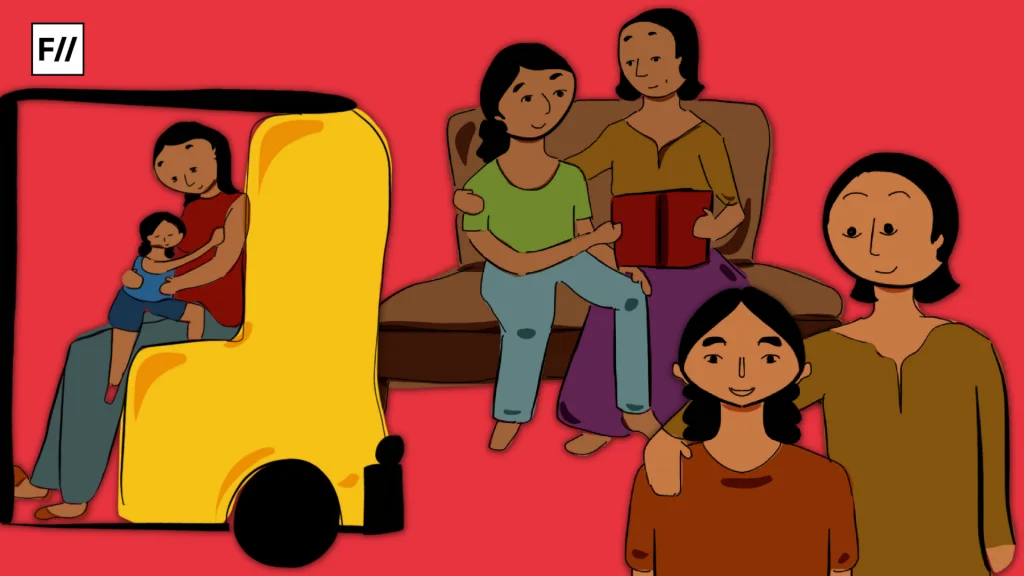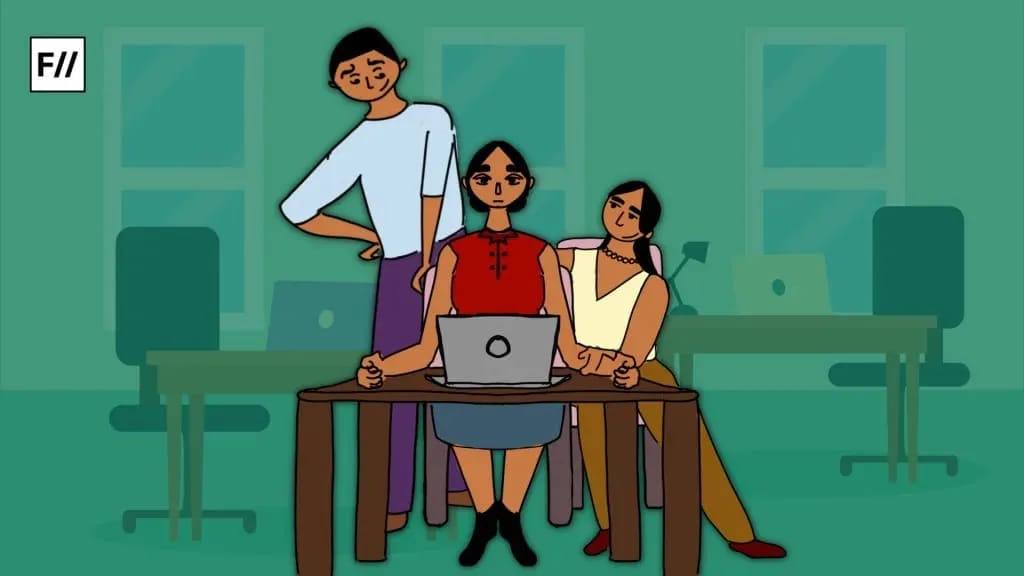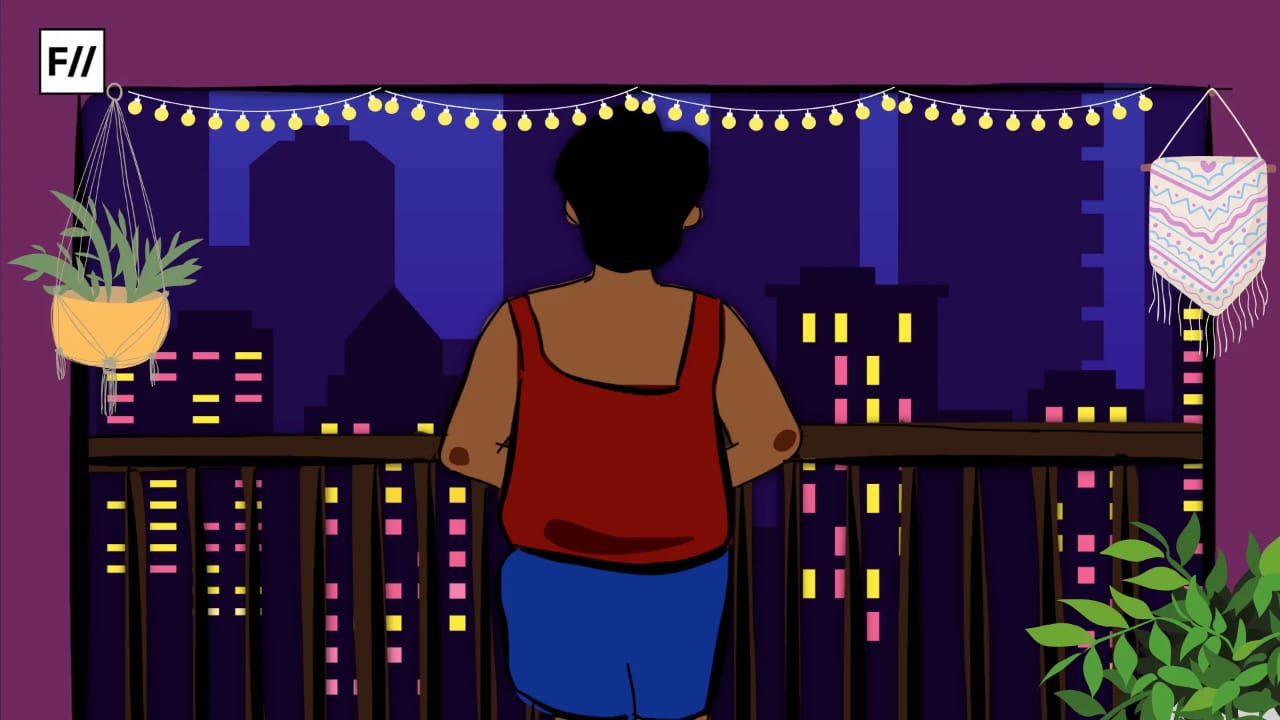The Supreme Court of India’s judgement defining Child Care Leave (CCL) as a Constitutional Right for women calls for a deeper analysis of the clauses in CCL rules extended to Central Government Employees since 2008 as per the recommendations of the Sixth Pay Commission of India.
The Supreme Court of India’s ruling that Child Care Leave (CCL) is a Constitutional Right for women (Shalini Dharman Vs The State of Himachal Pradesh & ORS dated 22/04/2024) has been applauded by the media as a landmark judgement that ensures gender equity at workplace. The specific case that led to this observation by Chief Justice D Y Chandrachud and Justice J B Pardiwala was filed by Ms. Shalini Dharmani, an Assistant Professor in a Government College in Himachal Pradesh.
Citing Rule 43-C of CCL, Justice Chandrachud remarked that ‘The provision of Child Care Leave to women subserves the significant constitutional object of ensuring that women are not deprived of their due participation as members of the workforce.‘
Being the mother of a boy with genetic disabilities that necessitated multiple surgeries and further care and having exhausted all available leaves in her credit, Ms. Dharmani was left with only the option of CCL. It was against the rejection of her application for CCL by the Government of Himachal Pradesh that she went to the court. Citing Rule 43-C of CCL, Justice Chandrachud remarked that ‘The provision of Child Care Leave to women subserves the significant constitutional object of ensuring that women are not deprived of their due participation as members of the workforce.‘
Tracing the history of child care leave (CCL)
As per the Office Memorandum dated 29 September 2008 issued by the Ministry of Personnel, P.G. and Pensions (Department of Personnel & Training) of Government of India, CCL was introduced for Central Government Employees as per the recommendations of the Sixth Pay Commission of India. The leave rule stated that ‘Child Care Leave can be granted to women employees having minor children below the age of 18 years [for two eldest surviving children], for a maximum period of 2 years (i.e. 730 days) during their entire service, for taking care of upto two children whether for rearing or to look after any of their needs like examination, sickness etc.‘
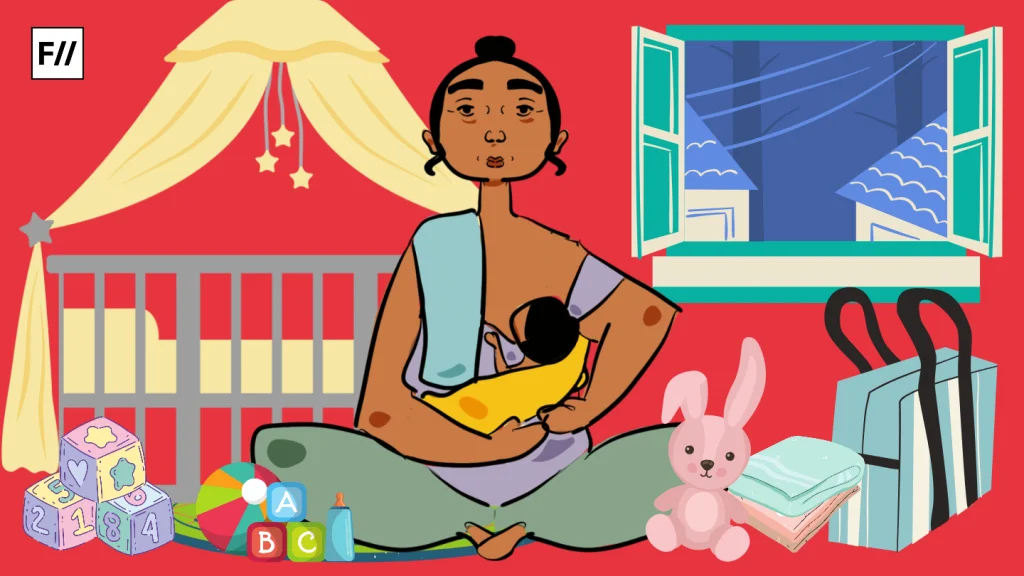
In a significant policy shift, the Department of Personnel & Training announced on March 3, 2010, through an Office Memorandum, that women employees with disabled children up to the age of 22 years would be eligible for Child Care Leave. This leave, capped at a maximum of two years (730 days), was subject to various government conditions. In a subsequent update on June 22, 2018, the Office Memorandum further eased restrictions by abolishing the age limit of 22 years for disabled children.
This change allowed women employees with disabled children to avail of Child Care Leave without any age constraints, under Rule 43-C of the CCS (Leave) Rules, 1972. Subsequently in the Gazette Notification dated 28 July 2023, the contours of CCL were expanded to extend it to single male members of the Service. The notification further stipulated that ‘For the purpose of this rule, “single male” refers to an unmarried or widower or divorcee male member of the Service.‘
Supreme Court’s intervention in CCL
The Supreme Court of India, while directing the Government of Himachal Pradesh to grant CCL to the petitioner in the Shalini Dharman Vs The State of Himachal Pradesh & ORS dated 22/04/2024, entered into a detailed exposition of CCL as a constitutional mandate that redefined its scope from being a ‘privilege‘ to a ‘constitutional right‘.
The court’s declaration is certainly commendable as it stipulates that rejecting the application for Child Care Leave (CCL) of a woman employee or a single male employee as the case may be, who is eligible to claim the leave, is tantamount to violation of constitutional rights.

However, there are certain gaps and silences in CCL rule that demand a critical exposition. The current judgement also evokes larger questions regarding the very permissibility of CCL for women employees across the organised sectors.
CCL as an instance of a gendered rule
According to the notification issued by the Ministry of Personnel, Public Grievances and Pensions on 28 July 2023, ‘a female member of the Service and single male member of the Service may be granted child care leave by an authority competent to sanction leave for a maximum period of seven hundred and thirty days during entire service, for taking care of two eldest surviving children, up-to the age of eighteen years, on the grounds of rearing or for looking after any of their needs, such as education, sickness and the like.’
The wordings of this clause, unfortunately, define caregiving as primarily a mother’s responsibility that could be taken over by the father only if he is single.
The wordings of this clause, unfortunately, define caregiving as primarily a mother’s responsibility that could be taken over by the father only if he is single. This is a highly problematic proposition that reduces the freedom of women to avail their rights to education, career and selfhood. If, as the Child Care Leave rule mentions, this leave could be taken to look after the needs of children between the ages of 2-18 years, to support their education, attend to their ill health etc, where are the fathers in this entire paradigm?
The paediatricians advise mothers to breastfeed their children till the age of two. Once the child starts weaning, both the parents can look after its needs, whether it be due to medical conditions or education. It is quite disappointing to note that the rule itself is so gendered as it finds a reason for fathers to step in only in the absence of the mother. While governments see this rule as an intervention to empower women and enhance their participation in the workforce, the rule is a huge blow to those women who are ambitious in their careers.
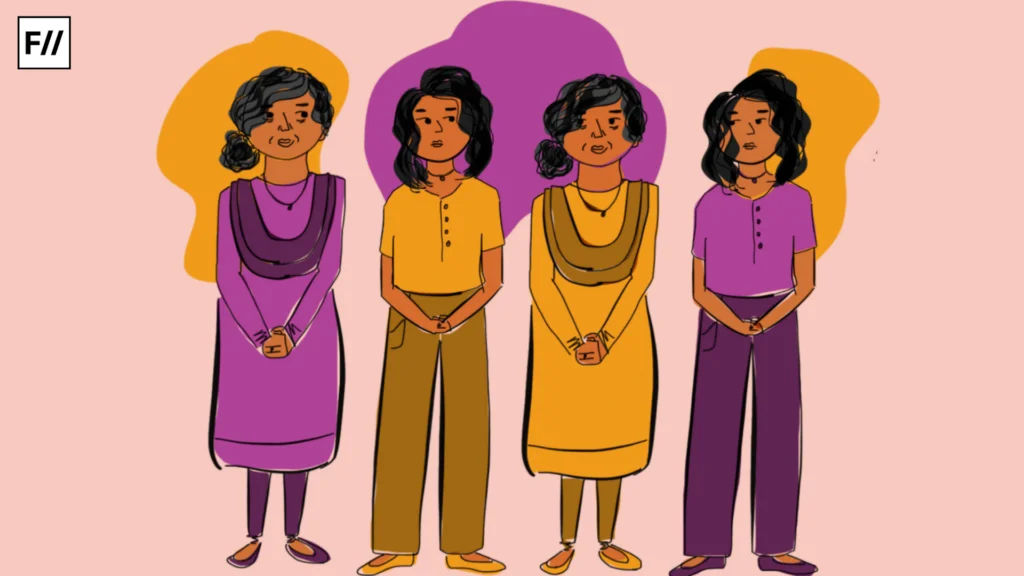
Women also aspire to go to greater heights in their career once they enter a Service. The notion that women with children are first and foremost ‘mothers‘ and their jobs are merely for the economic sustainability of the family is deeply entrenched in society. Giving equal attention to one’s children and one’s career is an impossibility for any human being. The rule assumes that women are always ready to take a break from career for the sake of their children, thus forcing women alone to make compromises in career.
The rule assumes that women are always ready to take a break from career for the sake of their children, thus forcing women alone to make compromises in career.
In this age of intense competition and performance based promotions, the aspirations of women employees are trampled upon by the rule. The rule validates the patriarchal notion that fathers cannot take care of children as effectively as mothers by confining the eligibility of the leave to men who are ‘unmarried or widower or divorcee male member of the Service‘. In a family where both the parents can avail CCL or only the father can avail the leave, there has to be a provision for male employees also to avail it even when the mother is very much present.
Child care leave and the state governments
In the course of delivering the judgement, the Hon’ble Chief Justice of India, Justice Chandrachud observed that CCL is a constitutional right that should be extended to all women employees irrespective of their situatedness in offices where the leave rules are decided by the respective States. To quote his exact words, ‘I am not saying you adopt central rules. But you must give some child care leave.‘
The Himachal Pradesh government denied the petitioner’s request for Child Care Leave (CCL) on the grounds that the state had not included CCL in its leave regulations. However, the Supreme Court summarily dismissed this justification. The defining of CCL as a constitutional right leads to the conjecture that no workplace could refuse to extend this provision to ‘women‘ employees.
Furthermore this rule has been notified under All India Services (Leave) Rules, 1955. So to ensure due adherence to the judgement in letter and spirit, there has to be more discussions on the possibilities of amending the leave rules of the States together with making it a legal mandate in the private sector as well. When the Supreme Court defines a rule or law as a constitutional right, it implies that any law or rule in contravention of the former would be declared null and void. But so far, this judgement of SC has not received any critical attention from the part of the policy makers or activists in those states yet to adopt Child Care Leave.
Rights of gender fluid parents?
The text of Child Care Leave, while specifying the case of male or female employees, has conveniently ignored gender fluid people who could have biological or adopted children. This should be considered a gross violation of human rights that the gender fluid parents are entitled to. Another significant issue that would emerge once the policy makers or judiciary decides to extend the provision to non-normative individuals is that the foundation of male/female binary on which the rule rests now will be under contention.
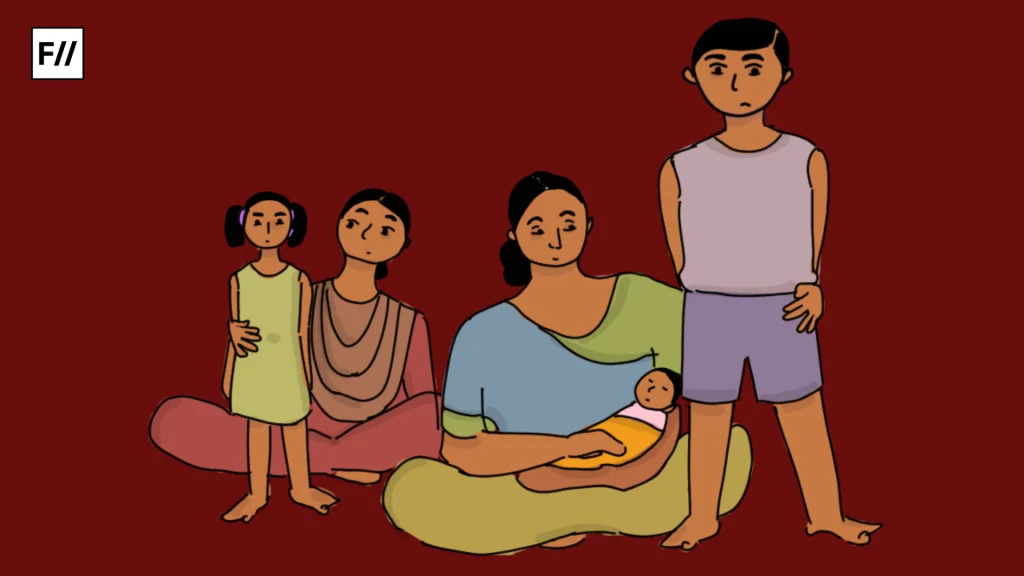
That the binary gender system gets dismantled the moment we bring in gender queer people into the discussion could be the elephant in the room that refuses to address the case of gender queer people in major debates that have roiled the nation recently, for instance, the Sabarimala Verdict of 2018 and the legalisation of Same Sex Marriages.
In this context, it is quite appreciable that the article Change in the Government’s Child Care Policy Can Revamp Gender Roles dated 02/06/2016 by Shruthi Venukumar that appeared on the website of The Wire happens to be probably the only discussion that critiques the reinforcement of gender stereotypes in Child Care Leave.
In spite of the gender sensitive provisions in our legal system, we continue to grapple with the never ending cases of gender violence and discrimination across the country. To conclude, it is high time that society learns to critically examine the text of rules and laws before categorically accepting and even celebrating them.
